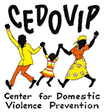The work of preventing violence against women has changed considerably since SASA! was first published in 2008. CEDOVIP now has more than a decade of practice-based learning about the approach, and there are also far more prevention programs and a credible evidence base that highlights what is required for effective programming.
Therefore, in SASA!’s 10th anniversary year, we felt an ethical responsibility to update what we created to better capture our experiences in programming that transforms women’s lives.
Maintaining the SASA! Essentials
SASA! Together includes the same four core components as SASA!: a gender-power analysis, four phases of change, holistic community engagement, and benefits-based activism. You’ll recognize some favorite SASA! activities and many new ones with a fresh approach.
Elevating Our Approach
SASA! Together refines some components to better align with emerging evidence on preventing violence against women and to meet the needs of activists in communities. Some new features include a distinct focus on intimate partner violence, including sexual decision-making; three strategies that reach across the whole community (individuals, groups and institutions); and more support to get organizations and communities started and sustain change.
Who’s Using SASA! Together
Organizations around the world are using SASA! Together to support their communities to prevent violence against women—from small community-based organizations to national feminist collectives to international non-governmental organizations to United Nations agencies and more!
We currently have four cohorts: one for activist organizations around the world, one for organizations using SASA! Together in Asia and the Pacific, one for organizations in Mexico and one for organizations that provide technical assistance to their partners and country offices.
Explore Key Changes in SASA! Together
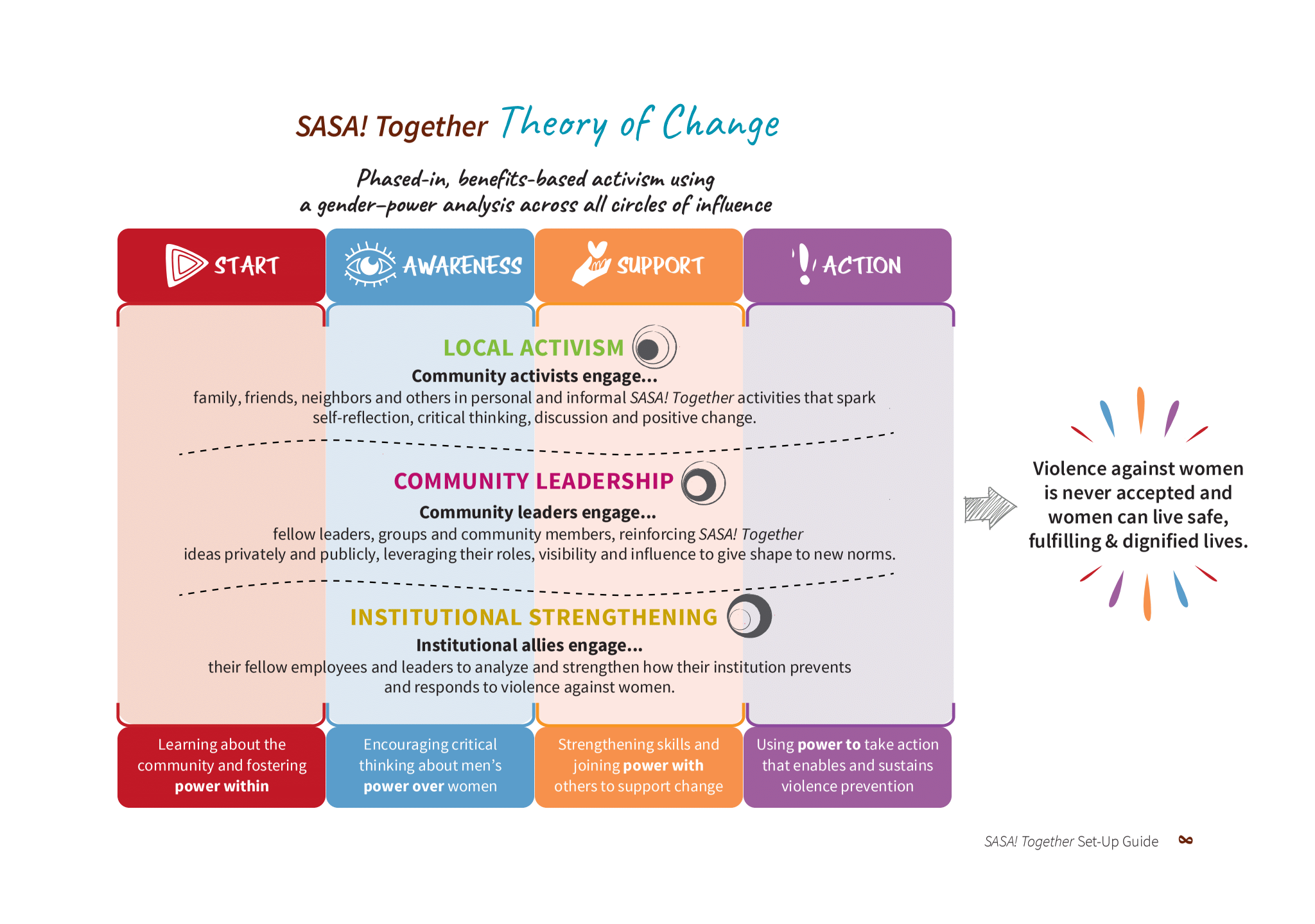
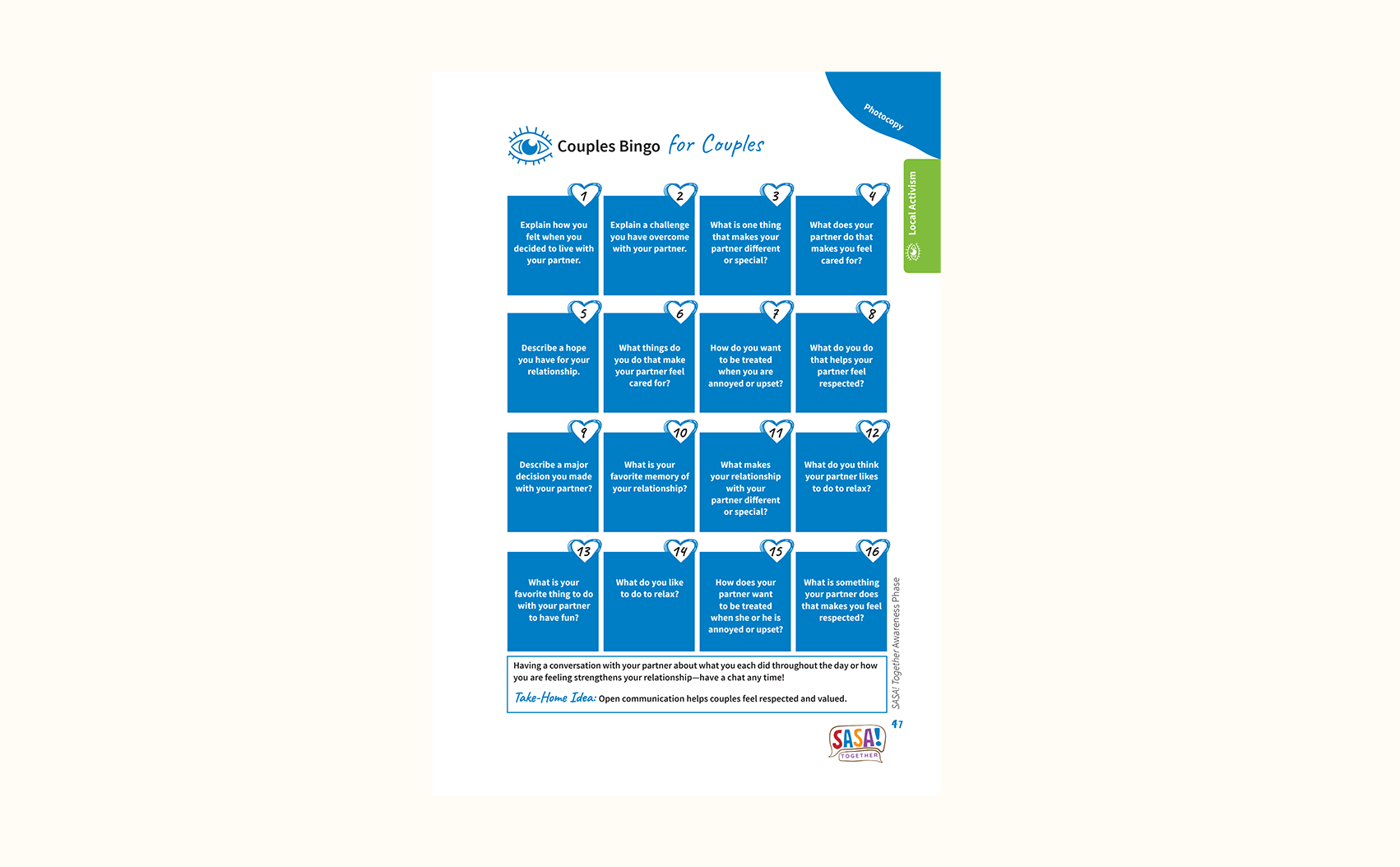
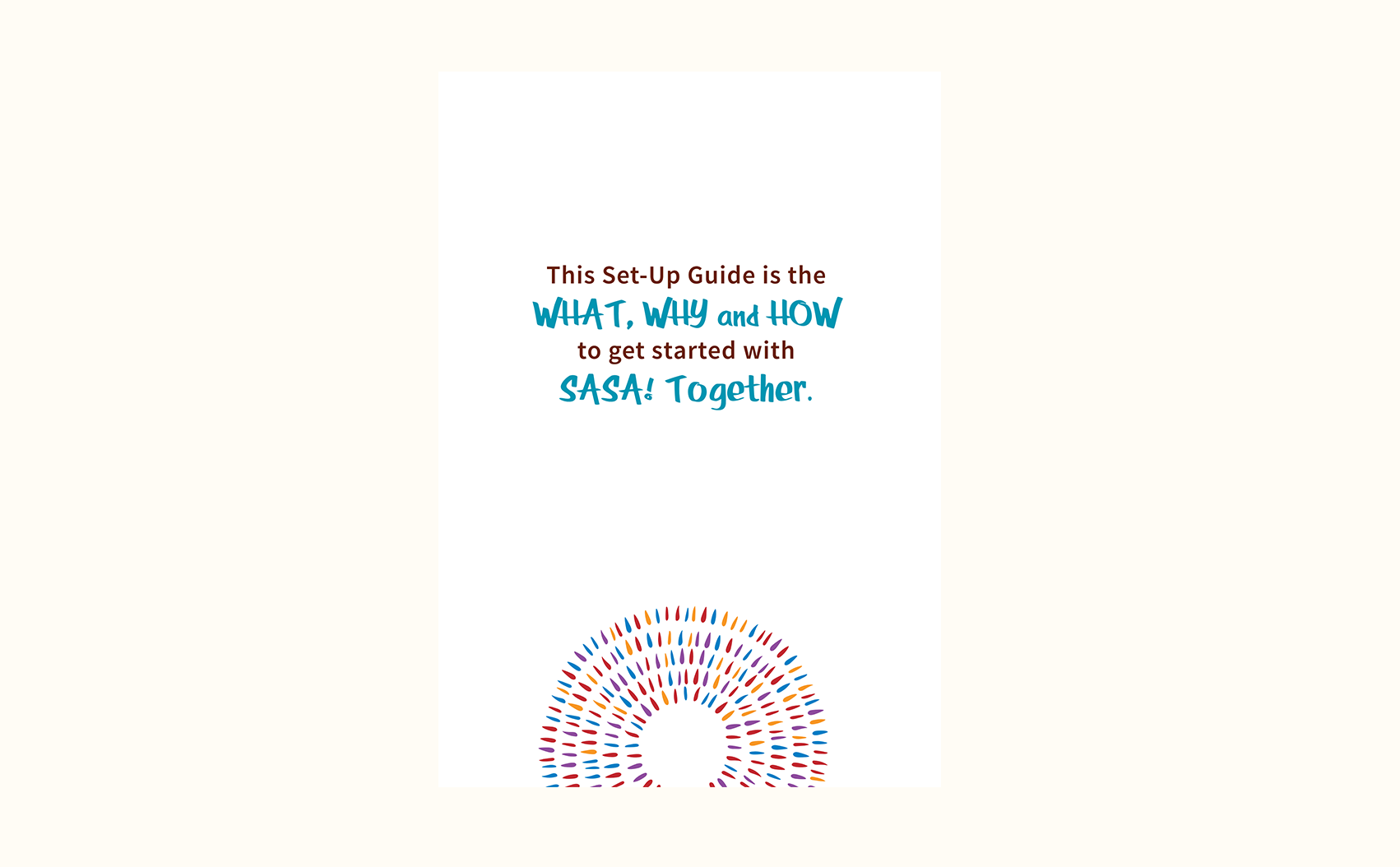
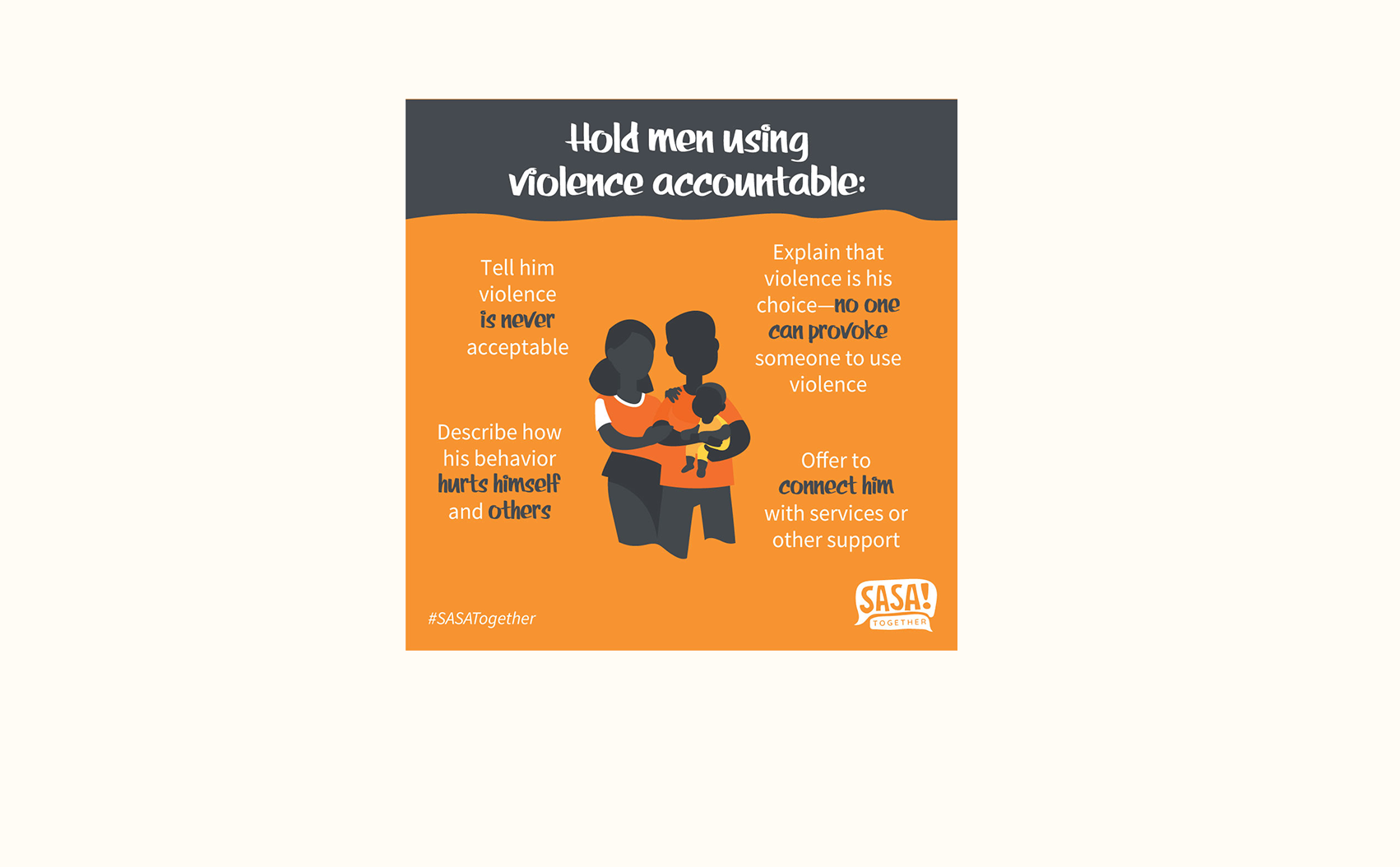
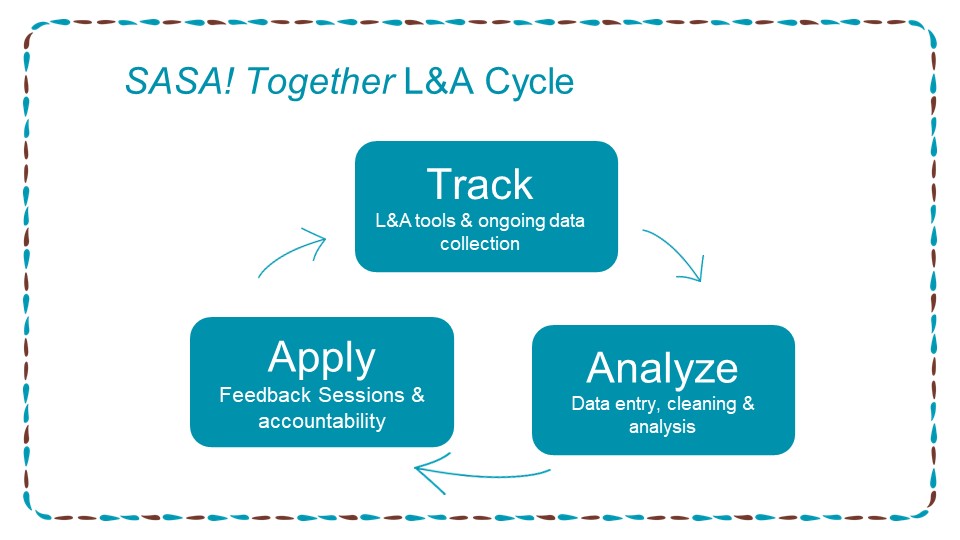
A new theory of change organized around three strategies, each aligned with a specific circle of influence: Local Activism (individual and interpersonal), Community Leadership (community) and Institutional Strengthening (institutions and society)
A focus on sexual decision-making, more deeply exploring power and sexual decision-making—including consent, bodily autonomy, pleasure and more—with materials specifically designed for couples
Overall training and support, including a new Set-Up Guide to better help organizations get started and new training materials and support focused on the foundational skills needed to facilitate change
New activities to deepen critical thinking, build community and enhance the skills needed to create, formalize and sustain change, including games, social media, communication materials and more
A learning and assessment framework oriented around specific outcomes focused on what people know, how they feel and what they do, with a tight link between the content and desired impacts and with new tools to track progress and integrate learning
1 of 5
Explore SASA! Together‘s Set-Up Guide and L&A Guide
SASA! Together, Set-Up Guide
The Set-Up Guide is the WHAT, WHY and HOW to get started with SASA! Together.
It is publicly available.
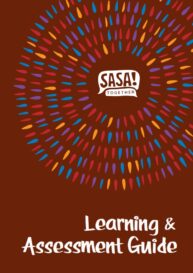
SASA! Together, L&A Guide
The L&A Guide includes all of the information and tools to help you track, analyze and apply learning about your SASA! Together program.
It is publicly available.
To download all SASA! Together Phase Books, click the button below.

